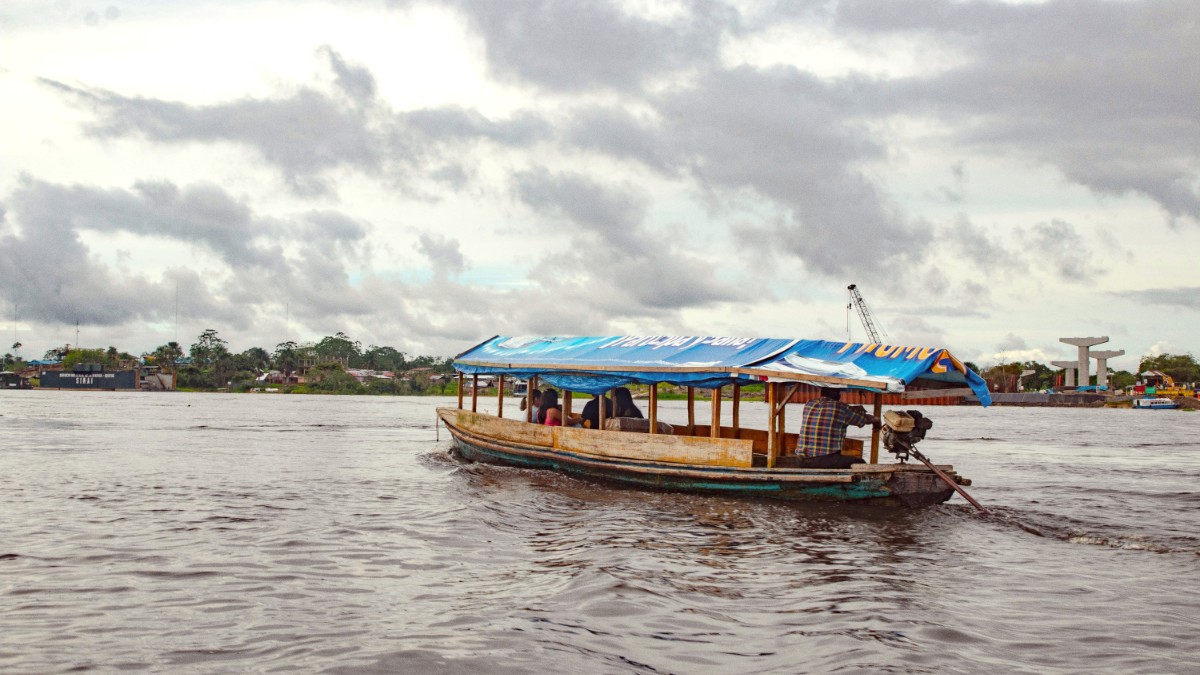
Amazon Basin, Peru
Explorers find here a base for deep Amazon adventures.
Iquitos experiences a hot, humid, tropical climate year-round. Temperatures stay high, and rainfall occurs frequently. Prepare for these conditions to ensure a comfortable visit.
Bring light clothing, effective insect repellent, and rain gear. Stay hydrated and use sun protection. The river is central to daily life and transport.
Iquitos thrived during the late 19th and early 20th century rubber boom. This period left a lasting architectural footprint, including elaborate tiled buildings and the famous Iron House, designed by Gustave Eiffel. These structures are reminders of a prosperous past.
Visits to some communities offer direct exposure to their heritage, often including crafts and traditional dances.
A , sprawling market reflecting Amazonian daily life.
Observe rescued manatees and conservation efforts.
A recreational park with a zoo, lagoon, and botanical garden.
Cultural demonstrations from an Amazonian tribe.
An architectural landmark from the rubber boom era.
The people of Iquitos are known for their openness and friendly nature. Visitors often find interactions with locals to be memorable and engaging, contributing to a rich experience.
The Amazon River serves as the main commercial artery for Iquitos. Boats of all sizes transport goods and people, forming a dynamic landscape on the water. This riverine activity defines much of the city's economic and daily rhythm.
Beyond the Iron House, other historic mansions line the waterfront and central areas, showing European influence and the wealth accumulated during the rubber boom. These architectural gems contrast with the more traditional wooden stilt houses found in riverside communities.
Iquitos is the world's largest city inaccessible by road.
In Iquitos, local transportation depends on the city's unique geography. With no roads connecting it to the outside world, river and air transport reign supreme for arrival and departure. Within the city itself, a distinct system moves people around.
Three-wheeled motorcycle taxis serve as the main mode of urban transport.
Essential for excursions outside the city and into the Amazon.
The city center and boulevard are pleasant for strolls.
Francisco Secada Vignetta International Airport (IQT) handles all flights into Iquitos. Direct connections exist mainly from Lima. Transfers from the airport usually involve mototaxis or pre-arranged taxis.
Engaging with the local culture in Iquitos enriches your Amazon experience. A respectful approach to local customs ensures positive interactions and genuine cultural exchange. The Amazon region presents distinct social norms.
A simple "Hola" or "Buenos días" begins most interactions. Politeness is valued.
Bargaining is common in markets for souvenirs and local transport. Do so respectfully.
Spanish is the official language. Basic Spanish phrases are widely understood and appreciated.
Your tour guide will assist with translation if visiting these communities.
Some English is spoken in hotels and by tour operators catering to foreign visitors.